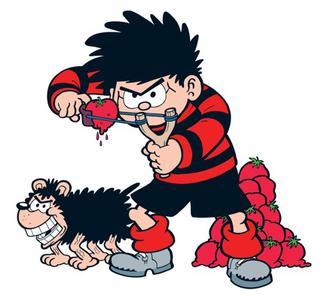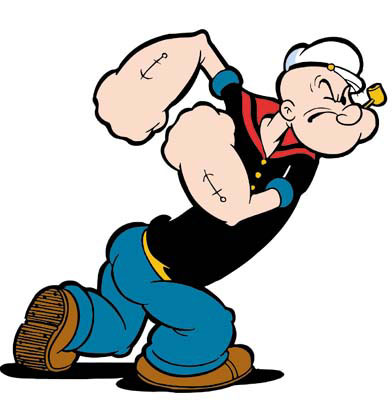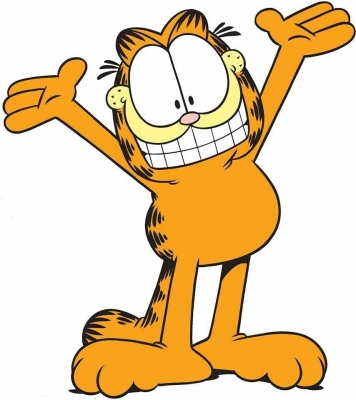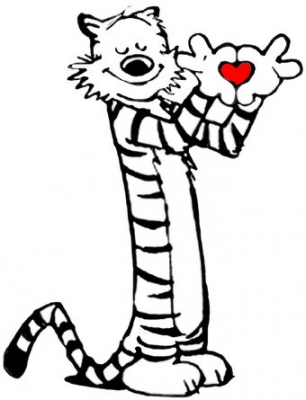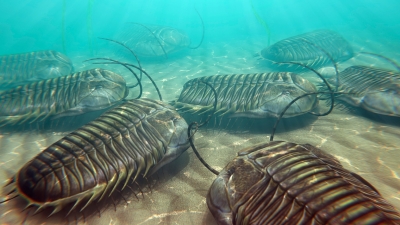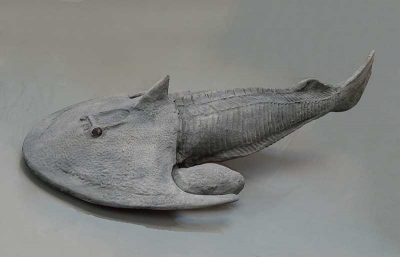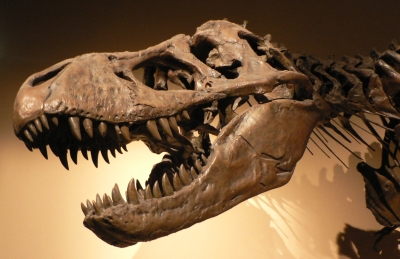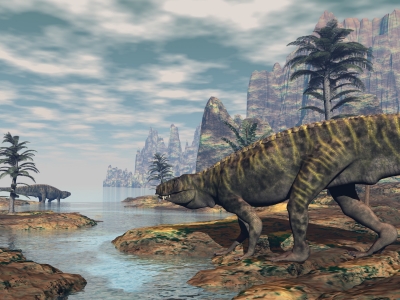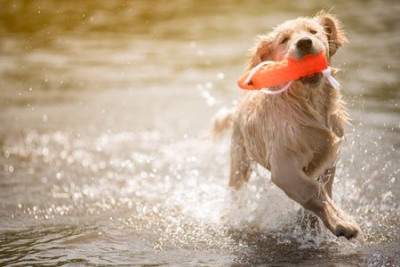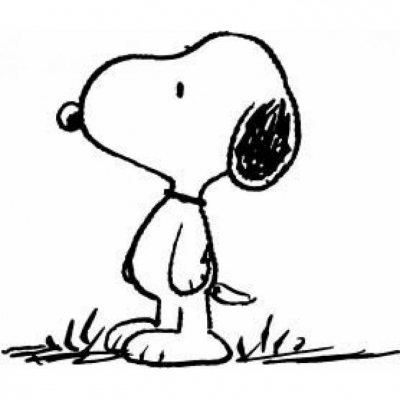
Snoopy is an anthropomorphic beagle in the comic strip Peanuts by Charles M. Schulz. He can also be found in all of the Peanuts movies and television specials. Since his debut on October 4, 1950, Snoopy has become one of the most recognizable and iconic characters in the comic strip and is considered more famous than Charlie Brown in some countries. The original drawings of Snoopy were inspired by Spike, one of Schulz's childhood dogs.
Snoopy first appeared as a character balloon in the Macy's Thanksgiving Day Parade in 1968; the balloon depicted Snoopy in his World War I Flying Ace costume.
Snoopy appeared on the October 4, 1950, strip, two days after the first strip. He was called Snoopy for the first time a month later, on November 10. He was originally Patty's dog but quickly adopts Charlie Brown. On March 16, 1952, his thoughts were first shown in a thought balloon. Snoopy first appeared upright on his hind legs on January 9, 1956, when he was shown sliding across a sheet of ice after Shermy and Lucy had done so.
Woodstock is a fictional character in Charles M. Schulz's comic strip Peanuts. He is best known for being Snoopy's best friend and sidekick. The character first appeared in the April 4, 1967 strip, although he remains unnamed until June 22, 1970. He is named after the Woodstock festival of 1969.
In the early 1960s, Snoopy began befriending birds when they started using his doghouse for various occasions: a rest stop during migrations, a nesting site, a community hall, or a place to play cards. None of these birds was ever given a name, although they did, on occasion (e.g., July 10, 1962), use speech balloons, lettered in what would become the classic 'chicken scratch marks' of Woodstock's utterances. What set Woodstock apart from all these earlier birds was the fact that he attached himself to Snoopy and assumed the role of Snoopy's sidekick and assistant. There had been no recurring relationships between Snoopy and the earlier birds who visited the yard of the Browns, and Snoopy was as often as not more hostile than friendly toward those birds.
In the Peanuts daily comic strip on March 3, 1966, a mother bird flew in while Snoopy was lying on top of his doghouse, nested on top of his stomach and flew away. Soon afterward two chicks hatched in the nest, one of which hung around Snoopy throughout the spring, and returned the following spring on April 4, 1967. Schulz began to establish character traits for Snoopy's new friend by revealing that he could talk (or at least emote), that he didn't like flying south every winter, and that he struggled with flying. By the end of this four-strip sequence, Snoopy, in character as the World War I Flying Ace, learns that the bird is his new mechanic, Woodstock's first supporting role.
Picture Credit : Google


